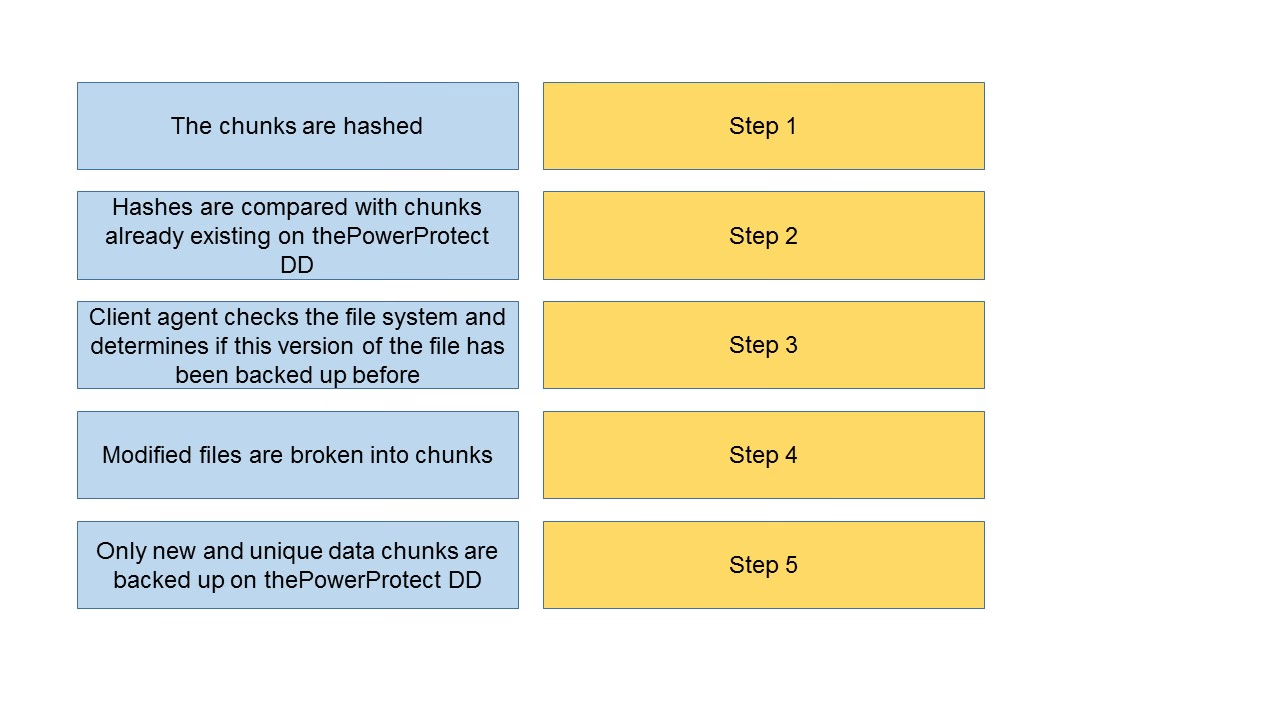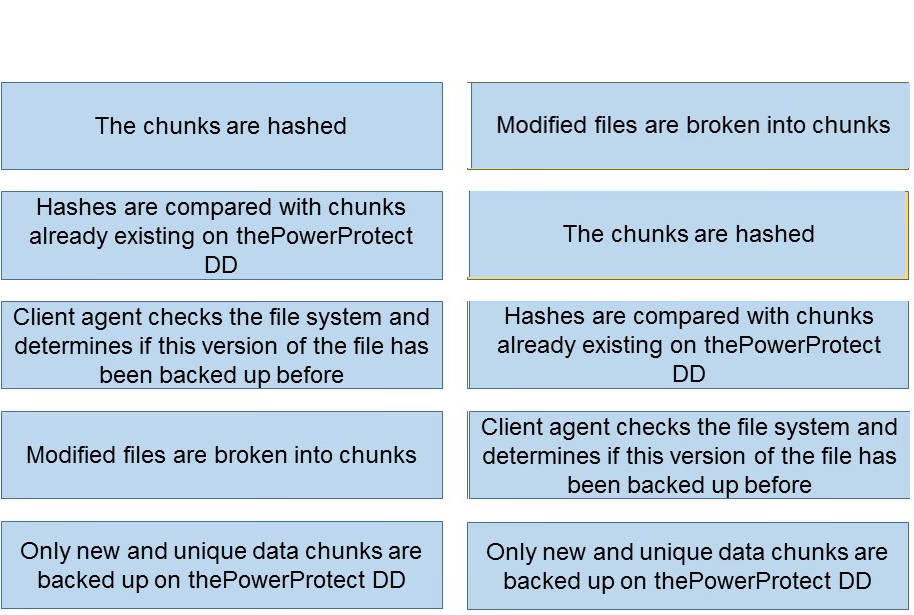Data Protection and Management Version 2
Here you have the best Dell DEA-3TT2 practice exam questions
- You have 40 total questions to study from
- Each page has 5 questions, making a total of 8 pages
- You can navigate through the pages using the buttons at the bottom
- This questions were last updated on June 25, 2025
- This site is not affiliated with or endorsed by Dell.

